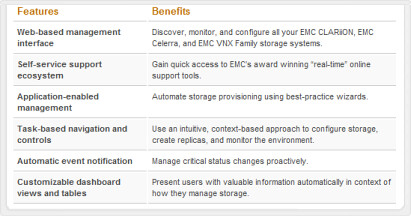 If you manage EMC unified storage running at least FLARE 30 and DART 6, or if you’re using a recent version of the UBER VSA, or if you’re one of the fortunate few who have had your hands on the new VNX series, then chances are you’re familiar with or you’ve at least experienced Unisphere, which is EMC’s single pane of glass approach to managing its multi protocol arrays. For what is essentially a 1.0 product, I think EMC did a great job with Unisphere. It’s modern. It’s fast. It has a cool sleek design and flows well. They may have cut a few corners where it made sense (one can still see a few old pieces of Navisphere code here and there) but what counts for me the most at the end of the day is the functionality and efficiency gained by a consolidation of tools.
If you manage EMC unified storage running at least FLARE 30 and DART 6, or if you’re using a recent version of the UBER VSA, or if you’re one of the fortunate few who have had your hands on the new VNX series, then chances are you’re familiar with or you’ve at least experienced Unisphere, which is EMC’s single pane of glass approach to managing its multi protocol arrays. For what is essentially a 1.0 product, I think EMC did a great job with Unisphere. It’s modern. It’s fast. It has a cool sleek design and flows well. They may have cut a few corners where it made sense (one can still see a few old pieces of Navisphere code here and there) but what counts for me the most at the end of the day is the functionality and efficiency gained by a consolidation of tools.
You’re probably reading this because you have a relationship with VMware virtualization. Anyone who designs, implements, manages, or troubleshoots VMware virtual infrastructure also has a relationship with storage, most often shared storage. Virtualization has been transforming the datacenter, and not just it’s composition. The way we manage and collaborate from a technology perspective is also evolving. Virtualization has brought about an intersection of technologies which is redefining roles and delegation of responsibilities. One of the earlier examples of this was virtual networking. With the introduction of 802.1Q VST in ESX, network groups found themselves fielding requests for trunked VLANs to servers and having to perform the associated design, capacity, and security planning. Managing access to VLANs was a shift in delegated responsibility from the network team to the virtualization platform team. Some years later, implementation of the Cisco Nexus 1000V in vSphere pulled most of the network related tasks back under the control of the network team.
Storage is another broad reaching technology upon which most of today’s computing relies upon, including virtualization. Partners work closely with VMware to develop tools which provide seamless integration of overlapping technologies. Unisphere is one of several products in the EMC portfolio which boasts this integration. Granted, some of these VMware bits existed in Unisphere’s ancestor Navisphere. However, I think it’s still worth highlighting some of the capabilities found in Unisphere. EMC has been on an absolute virtualization rampage. I can only imagine that with their commitment, these products will get increasingly better.
So what does this Unisphere/vSphere integration look like? Let’s take a look…
In order to bring vSphere visibility into Unisphere, we need to make Unisphere aware of our virtual environment. From the Host Management menu pane in Unisphere, choose Hypervisor Information Configuration Wizard:
Classic welcome to the wizard. Next:
Select the EMC array in which to integrate a hypervisor configuration:
In the following screen, we’re given the option to integrate either standalone ESX(i) hosts, vCenter managed hosts, or both. In this case, I’ll choose vCenter managed hosts:
Unisphere needs the IP address of the vCenter Server along with credentials having sufficient permissions to collect virtual infrastructure information. FQDN of virtual infrastructure doesn’t work here (Wish list item), however, hex characters are accepted which tells me it’s IPv6 compatible:
I see your infrastructure. Would you like to add or remove items?
Last step. This is the virtual infrastructure we’re going to tie into. Choose Finish:
Congratulations. Success. Click Finish once more:
Once completed, I see that the vCenter server I added has nested in the ESX host which it manages. Again we see only the IP address representing a vCenter Server, rather than the FQDN itself. This could get a little hairy in larger environments where a name is more familiar and friendlier than an IP address. However, in Unisphere’s defense, at the time of adding a host we do have the option of adding a short description which would show up here. Highlighting the ESX host reveals the VMs which are running on the host. Nothing Earth shattering yet, but the good stuff lies ahead:
Let’s look at the ESX host properties. Here’s where the value starts to mount (storage pun intended). The LUN Status tab reveals information of LUNs in use by the ESX host, as well as the Storage Processor configuration and status. This is useful information for balance and performance troubleshooting purposes:
Moving on to the Storage tab, more detailed information is provided about the LUN characteristics and how the LUNs are presented to the ESX host:
The Virtual Machines tab is much the same as the VMware Infrastructure summary screen with the information that it provides. However, it does provide the ability to drill down to specific VM information by way of hyperlinks:
Let’s take a look at the VM named vma41 by clicking on the vma41 hyperlink from the window above. The General tab provides some summary information about the VM and the storage, but nothing that we probably don’t already know at this point. Onward:
The LUN Status tab provides the VM to storage mapping and Storage Processor. Once again, this is key information for performance troubleshooting. Don’t get me wrong. This information alone isn’t necessarily going to provide conclusive troubleshooting data. Rather, it should be combined with other information collected such as storage or fabric performance reports:
Similar to the host metrics, the Storage tab from the VM point of view provides more detailed information about the datastore as well as the VM disk configuration. Note the Type column which shows that the VM was thinly provisioned:
There are a few situations which can invoke the age old storage administrator’s question: “What’s using this LUN?” From the Storage | LUNs | Properties drill down (or from Storage | Pools/RAID Groups), Unisphere ties in the ESX hosts connected to the LUN as well as the VMs living on the LUN. Example use cases where this information is pertinent would be performance troubleshooting, storage migration or expansion, replication and DR/BCP planning.
VM integration also lends itself to the Unisphere Report Wizard. Here, reports can be generated for immediate display in a web browser, or they can be exported in .CSV format to be massaged further.
If you’d like to see more, EMC has made available a three minute EMC Unisphere/VMware Integration Demo video which showcases integration and the flow of information:
In addition to that, you can download the FREE UBER VSA and give Unisphere a try for yourself. Other EMC vSpecialist demos can be found at Everything VMware At EMC.
With all of this goodness and as with any product, there is room for improvement. I mentioned before that by and large the vSphere integration code appears to be legacy which came from Navisphere. Navisphere manages CLARiiON block storage only (fibre channel and native CLARiiON iSCSI). What this means is that there is a gap in Unisphere/vSphere integration with respect to Celerra NFS and iSCSI. For NFS, EMC has a vSphere plugin which Chad Sakac introduced about a year ago on his blog here and here. While it’s not Unisphere integration, it does do some cool and useful things which are outlined in this product overview.
In medium to large sized environments where teams can be siloed, it’s integration like this which can provide a common language, bridging the gap between technologies which have close dependencies with one another. These tools work in the SMB space as well where staff will have both virtualization and storage areas of responsibility. vSphere integration with Unisphere can provide a fair amount insight and efficiency. I think this is just a slight representation of what future integration will be capable of. VMware’s portfolio of virtualization, cloud, and data protection products continues to expand. Each and every product VMware delivers is dependent on storage. There is a tremendous opportunity to leverage each of these attach points for future integration.
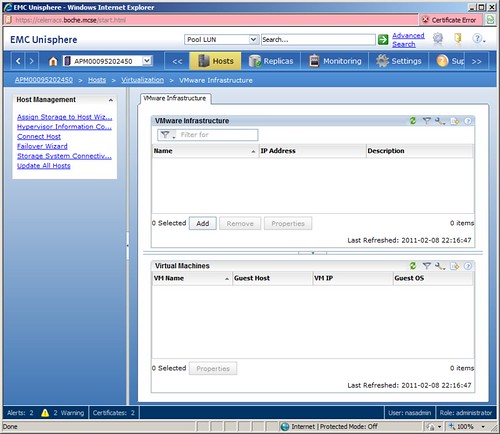
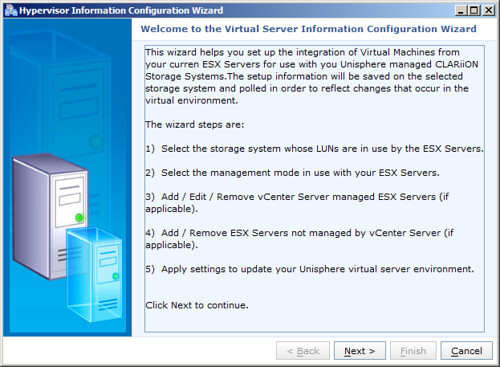
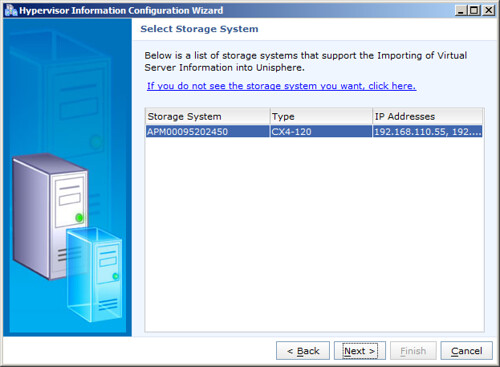
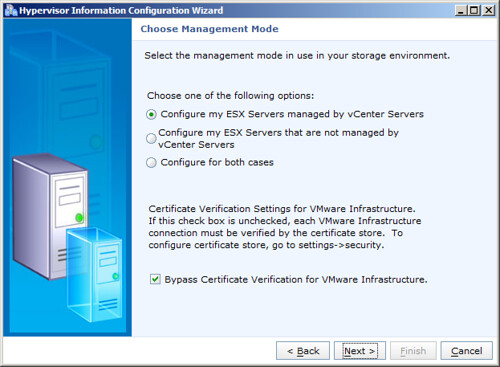
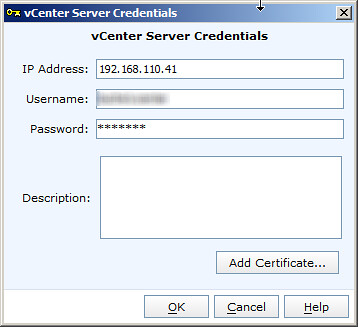
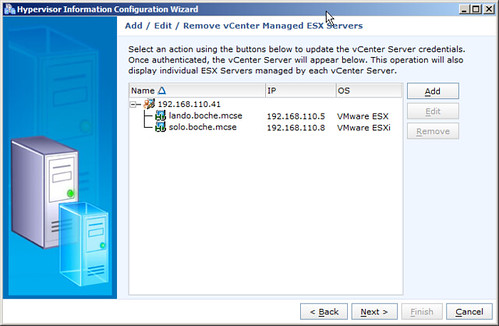

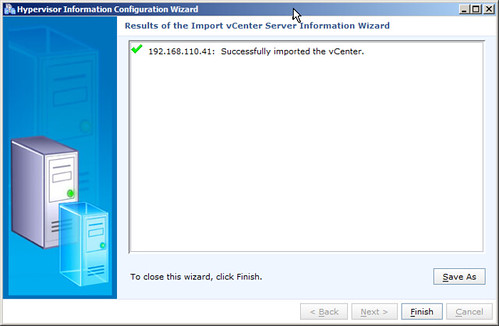
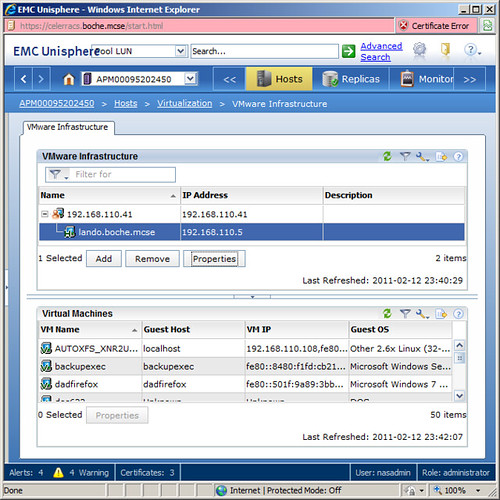
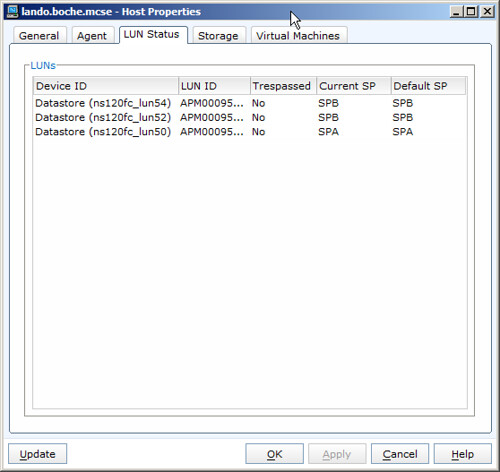
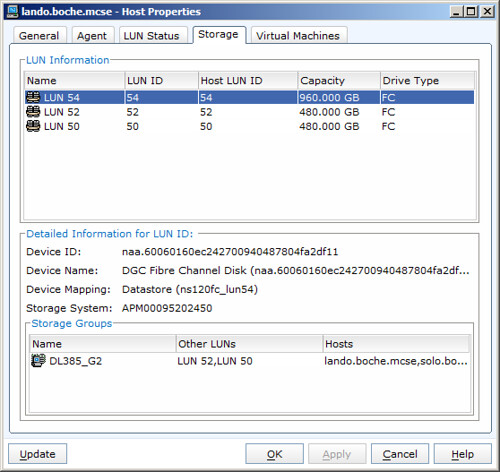
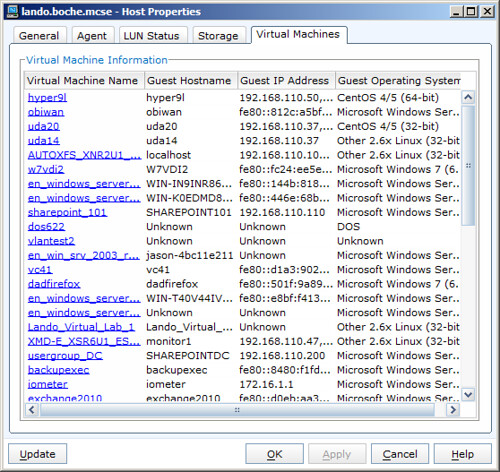
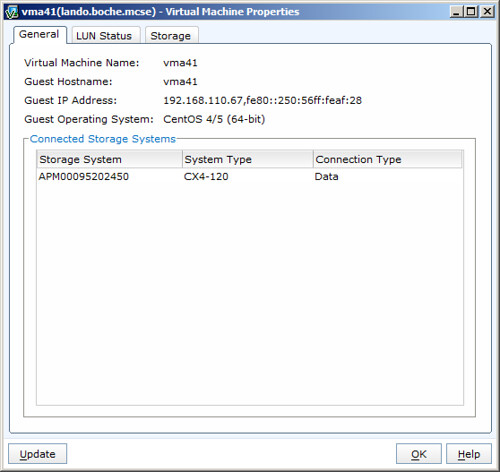

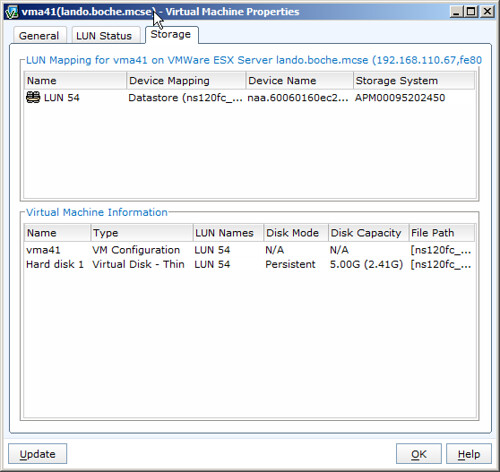


















Peter Griffin voice: “SCWEEEET!”
Hi Jason,
I’m sure you’re also aware of a plug in for Virtual Center called EMC Unified Storage Plug in that also allows you to provision storage directly from vCenter. It’s a great tool.
Great Article!!
Hey Jason,
Great article! I’m stuck on the step adding vcenter into the virtualization host list in the VNX 5300. vCenter adds fine but there are no hosts in an expanded list. I expand it and there isn’t anything there. I can’t find any support for this or anyone else that has experienced this. Any ideas?
Thanks,
Chad